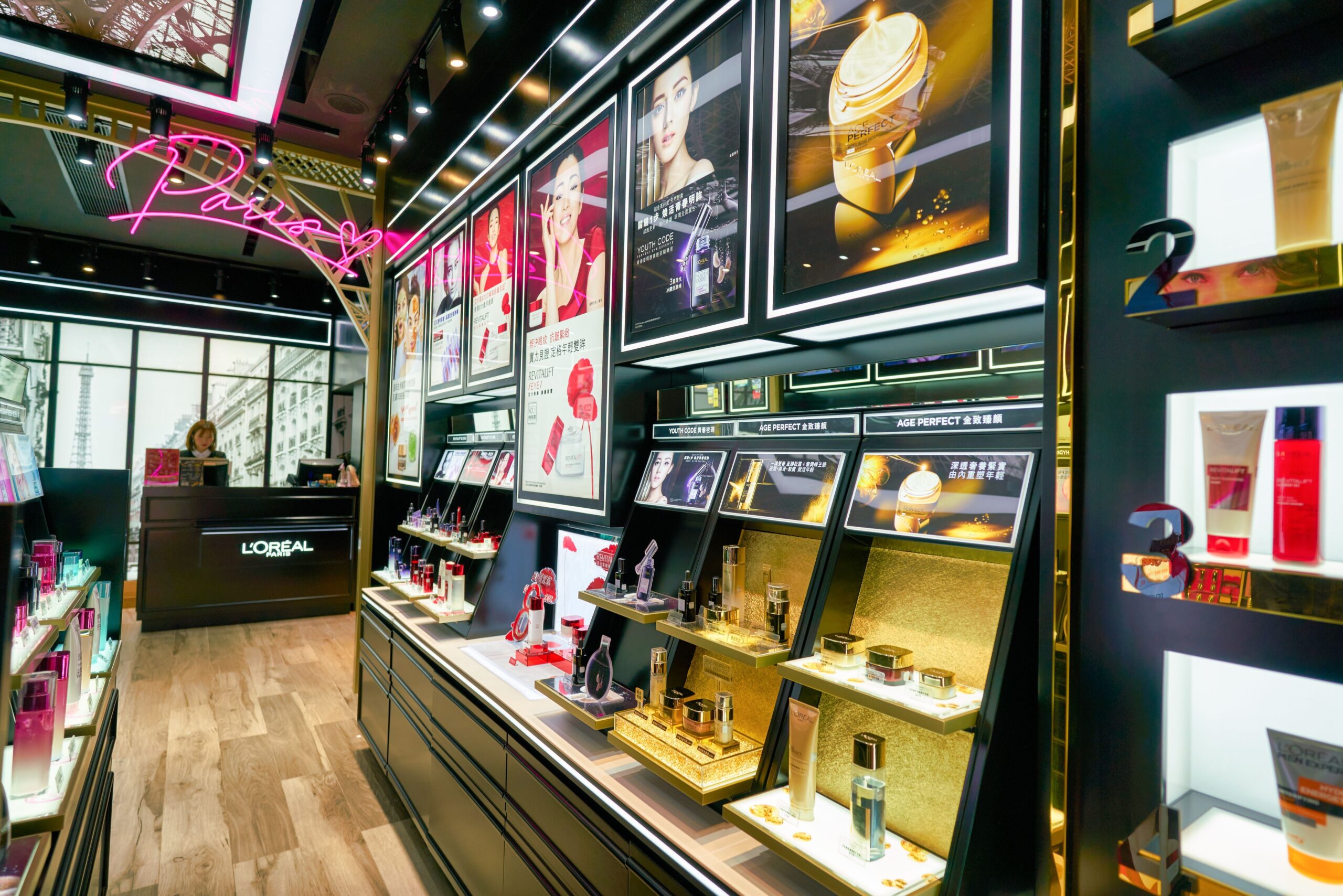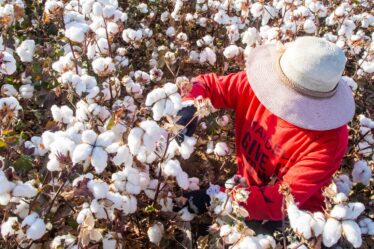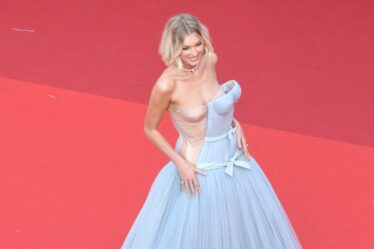
While success was seen across the board, particular growth was once again noted in its dermatological beauty division, which is made up of brands such as La Roche Posay, Cerave and Skinceuticals. Its sales grew 28 percent to 6.4 billion euros ($6.9 billion). Brands with scientific-led claims are enormously popular with consumers. Within its dermatological beauty unit, L’Oréal has both mass and prestige price points. Cerave, which announced its first-ever Super Bowl advertisement this week, is now the top-selling skincare brand in the US.
Its luxe division, which includes licences like Valentino, Prada and YSL Beauty and owned lines such as Helena Rubinstein, is now the global market leader, dethroning incumbent Estée Lauder Companies. Sales surged 4.5 percent to almost 15 billion euros ($16 billion). New distribution channels in the US and Amazon offset softness in Asia and travel retail which has dragged down its competitor ELC.
Double digit growth was seen in all regions apart from north Asia, which declined 0.9 percent as Chinese shoppers continue to pull back from discretionary spending. The biggest growth region for L’Oréal was Latin America, where sales lifted 24 percent.
A slew of new launches, such as Prada Paradoxe perfume, Maybelline New York Surreal Mascara, Nyx Fat Oil Lip Gloss and Garnier Good hair colour all created dynamism, but L’Oréal’s overall broad mix of buzzy brands across different price points has insulated the company from the headwinds that have knocked over its rivals.
Learn more:
Estée Lauder Reveals Its Recovery Playbook
The beauty giant announced layoffs and plans to regain profitability, measures to restore faith in investors and customers alike.



